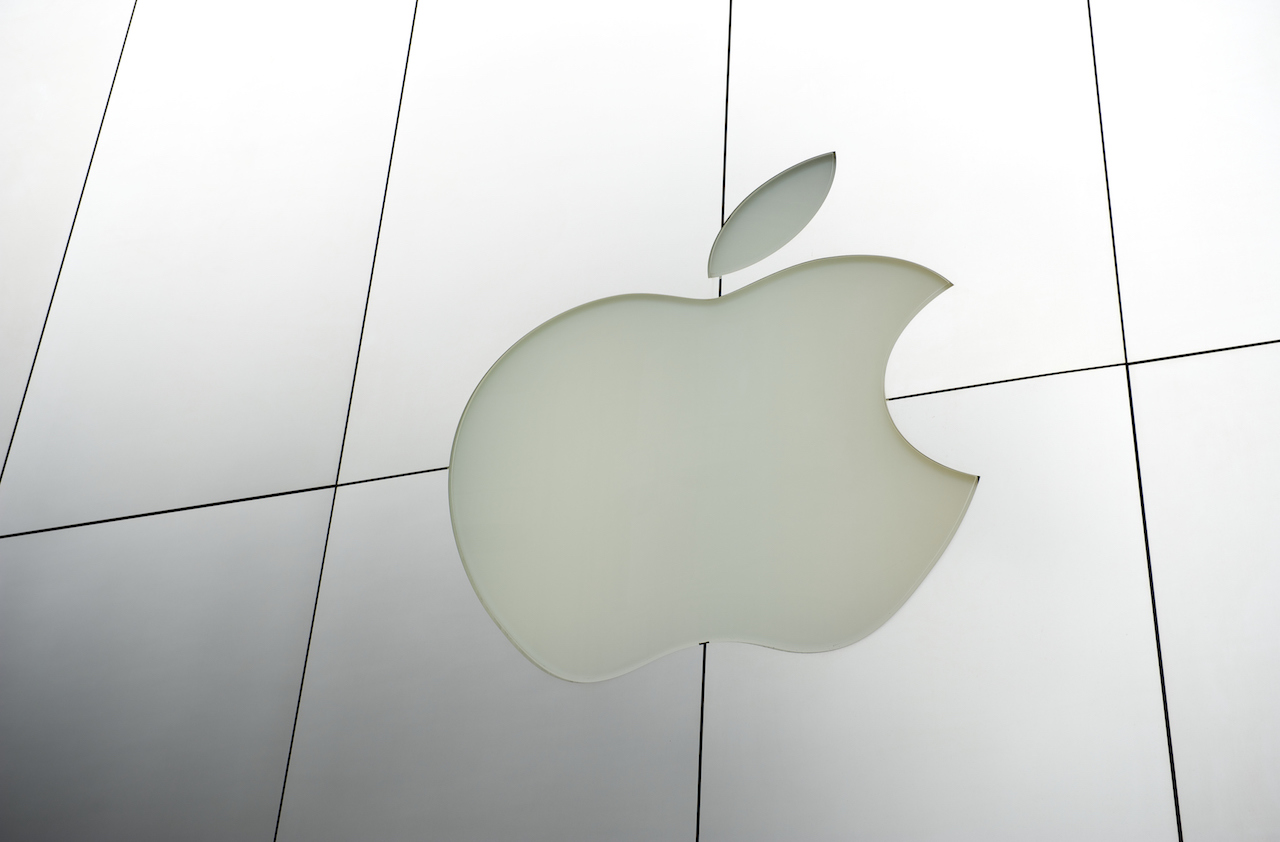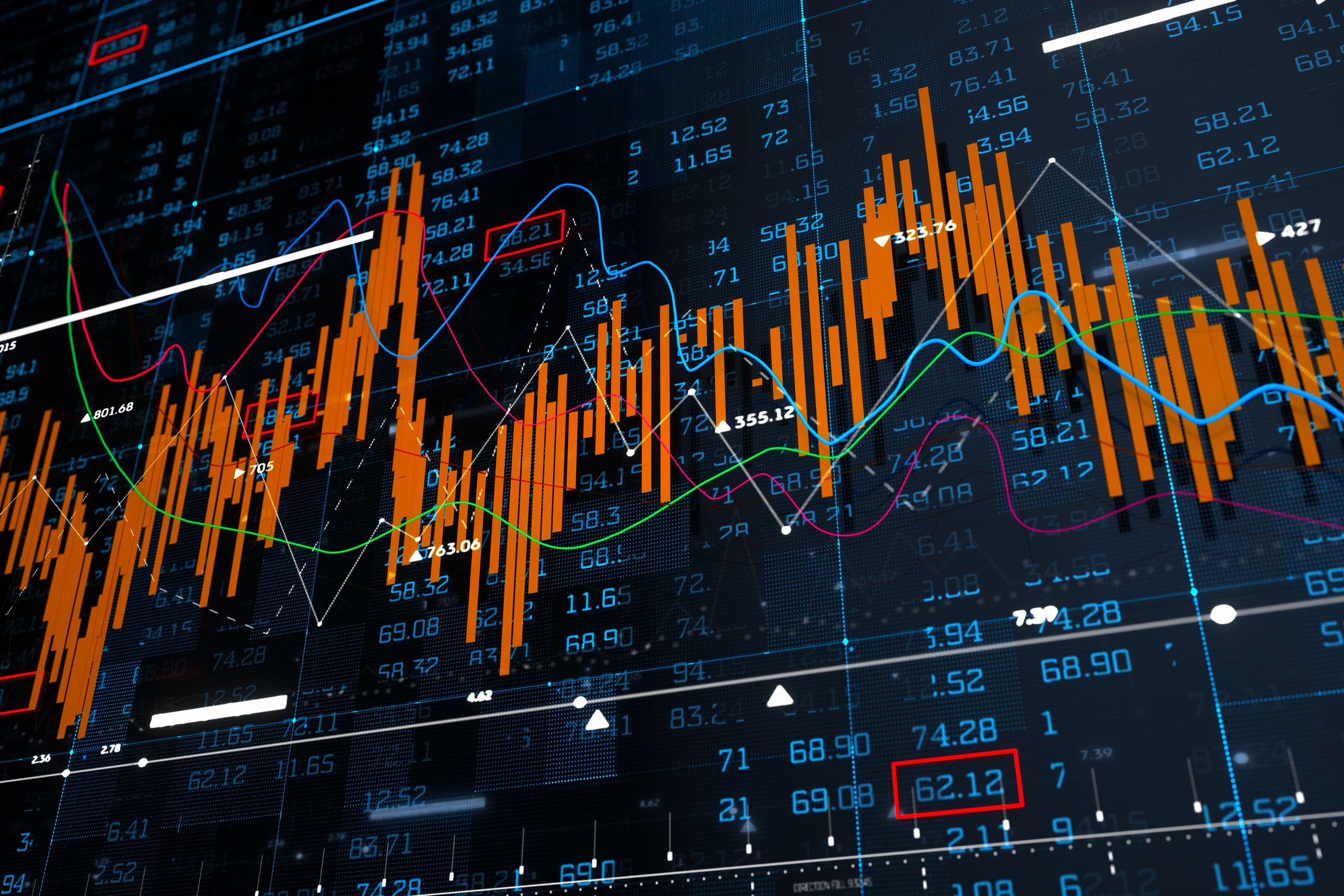Apple (AAPL): $1 Trillion Is Just the Beginning
Apple is the first U.S. company to hit the $1T milestone; here’s why AAPL shares can climb even higher.


Apple (AAPL, $201.50) became the first American company to become worth more than $1 trillion when it hit $207.05 per share in intraday trading on Thursday, Aug. 2.
The question now is whether it can build on such a lofty number.
The answer is almost certainly yes.
From just $107.88 $24.99 for Kiplinger Personal Finance
Become a smarter, better informed investor. Subscribe from just $107.88 $24.99, plus get up to 4 Special Issues

Sign up for Kiplinger’s Free Newsletters
Profit and prosper with the best of expert advice on investing, taxes, retirement, personal finance and more - straight to your e-mail.
Profit and prosper with the best of expert advice - straight to your e-mail.
Like the four-minute mile or breaking the sound barrier, the idea of a company with a market capitalization – the share price multiplied by the number of outstanding shares – of more than a trillion dollars was once almost unthinkable. PetroChina (PTR), the Chinese oil giant, topped the trillion-dollar mark on its first day of trading in 2007, but the stock collapsed soon thereafter.
Part of the argument against a company hitting a trillion dollars in market value – and staying there – is finance’s so-called law of large numbers. As a company gets bigger, its growth rate tends to slow down. After all, it’s easier to double revenue from $1 million to $2 million than from $100 billion to $200 billion. It’s the difference between adding $1 million in sales and $100 billion in sales.
But there’s no law against a company being worth more than $1 trillion.
Heck, Amazon.com (AMZN, $877 billion), Google parent Alphabet (GOOGL, $852 billion) and Microsoft (MSFT, $825 billion) aren’t all that far behind the vaunted trillion-dollar level. And as long as these companies continue to generate long-term earnings growth – as virtually every analyst expects – their share prices will continue to rise over the long haul.
In Apple’s case, the outlook certainly looks bright.
What Will Drive Apple Stock Going Forward?
Apple’s final push to the $1 trillion mark came on the back of Tuesday night’s fiscal-third-quarter earnings report – one that encouraged Wall Street’s pros and individual investors alike by most measures. Most notably, profits and revenues both came in above analysts’ consensus estimates.
Canaccord Genuity analyst T. Michael Walkley, who rates AAPL stock at “Buy,” writes that iPhone sales continue to defy his expectations. The company sold 41.3 million units, versus Canaccord’s estimates for $40.5 million.
It turns out that the high-priced iPhone X didn’t turn off customers (unit sales were essentially flat year-over-year) as much as it raised the company’s overall average selling prices. Meanwhile, the Services division – which includes the App Store, Apple Music, Apple Care, iCloud and Apple Pay – is becoming an increasingly important driver of revenue too.
When it comes to the nearly $1,000 iPhone X, Walkley notes that Apple is taking share from its primary premium-tier competitor Samsung. It’s a trend the analyst expects to continue to accelerate through next year and beyond.
“Apple’s growing share of the high-end smartphone market positions the company with a strong, loyal customer base that could enable Apple to maintain the high levels of annual iPhone sales despite the higher (selling prices) for the iPhone X,” Walkley says.
Higher average selling prices equal higher profit margins, by the way. So much for the theory that the iPhone X was too expensive.
And just for good measure, Apple repurchased $20 billion in stock during the quarter – $10 billion under its new $100 billion buyback program, and $10 billion under its prior authorization.
True, Apple’s earnings growth rate is slowing down. Analysts surveyed by Thomson Reuters expect earnings to increase at an average pace of 12.8% a year for the next five years, a decrease from an average annual clip of 14.3% over the past five years.
That’s a far cry from Apple becoming some kind of poky utility, however. And with shares priced at just 15.2 times expected earnings, the market has adjusted to the new reality.
Bull markets don’t last forever. Stocks in general will, of course, have to cooperate.
But given Apple’s fundamentals and its reasonable valuation, the trillion-dollar market cap looks a lot more like a milestone than it does a wall.
Profit and prosper with the best of Kiplinger's advice on investing, taxes, retirement, personal finance and much more. Delivered daily. Enter your email in the box and click Sign Me Up.

Dan Burrows is Kiplinger's senior investing writer, having joined the publication full time in 2016.
A long-time financial journalist, Dan is a veteran of MarketWatch, CBS MoneyWatch, SmartMoney, InvestorPlace, DailyFinance and other tier 1 national publications. He has written for The Wall Street Journal, Bloomberg and Consumer Reports and his stories have appeared in the New York Daily News, the San Jose Mercury News and Investor's Business Daily, among many other outlets. As a senior writer at AOL's DailyFinance, Dan reported market news from the floor of the New York Stock Exchange.
Once upon a time – before his days as a financial reporter and assistant financial editor at legendary fashion trade paper Women's Wear Daily – Dan worked for Spy magazine, scribbled away at Time Inc. and contributed to Maxim magazine back when lad mags were a thing. He's also written for Esquire magazine's Dubious Achievements Awards.
In his current role at Kiplinger, Dan writes about markets and macroeconomics.
Dan holds a bachelor's degree from Oberlin College and a master's degree from Columbia University.
Disclosure: Dan does not trade individual stocks or securities. He is eternally long the U.S equity market, primarily through tax-advantaged accounts.
-
 Premium Rewards Cards: More Perks, Higher Fees
Premium Rewards Cards: More Perks, Higher FeesSome issuers are hiking the annual fee on their flagship luxury credit cards by hundreds of dollars. Are they still worth using?
-
 3 Trips to Escape the Winter Doldrums, Including An Epic Cruise
3 Trips to Escape the Winter Doldrums, Including An Epic CruiseThree winter vacation ideas to suit different types of travelers.
-
 The Retirement Income Trinity: Cash Flow, Longevity and Tax
The Retirement Income Trinity: Cash Flow, Longevity and TaxRetirement income planning is essential for your peace of mind — it can help you maintain your lifestyle and ease your worries that you'll run out of money.
-
 The Santa Claus Rally Officially Begins: Stock Market Today
The Santa Claus Rally Officially Begins: Stock Market TodayThe Santa Claus Rally is officially on as of Wednesday's closing bell, and initial returns are positive.
-
 Crypto Trends to Watch in 2026
Crypto Trends to Watch in 2026Cryptocurrency is still less than 20 years old, but it remains a fast-moving (and also maturing) market. Here are the crypto trends to watch for in 2026.
-
 Dow Slides 427 Points to Open December: Stock Market Today
Dow Slides 427 Points to Open December: Stock Market TodayThe final month of 2025 begins on a negative note after stocks ended November with a startling rally.
-
 If You'd Put $1,000 Into Coca-Cola Stock 20 Years Ago, Here's What You'd Have Today
If You'd Put $1,000 Into Coca-Cola Stock 20 Years Ago, Here's What You'd Have TodayEven with its reliable dividend growth and generous stock buybacks, Coca-Cola has underperformed the broad market in the long term.
-
 If You Put $1,000 into Qualcomm Stock 20 Years Ago, Here's What You Would Have Today
If You Put $1,000 into Qualcomm Stock 20 Years Ago, Here's What You Would Have TodayQualcomm stock has been a big disappointment for truly long-term investors.
-
 Stocks Extend Win Streak on Black Friday: Stock Market Today
Stocks Extend Win Streak on Black Friday: Stock Market TodayThe main indexes notched wins in Friday's shortened session, with the blue-chip Dow Jones Industrial Average closing higher on the month.
-
 Dow Adds 314 Points to Thanksgiving Rally: Stock Market Today
Dow Adds 314 Points to Thanksgiving Rally: Stock Market TodayInvestors, traders and speculators enjoy the best Thanksgiving Week gains for the major stock market indexes in more than a decade.
-
 Dow Falls 557 Points to Start NVDA Week: Stock Market Today
Dow Falls 557 Points to Start NVDA Week: Stock Market TodayThe Oracle of Omaha saw growth and value in certain corners of the stock market during the third quarter.